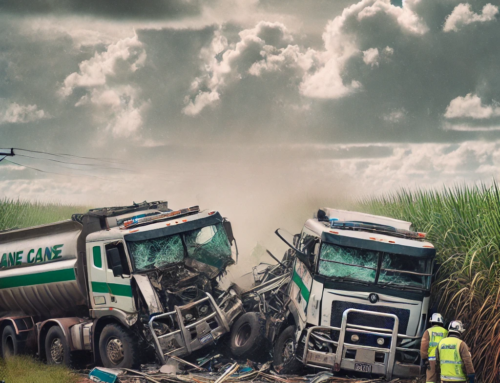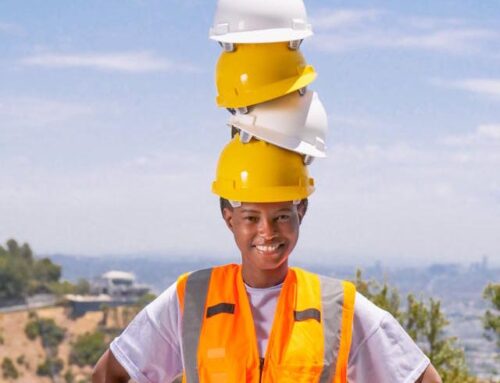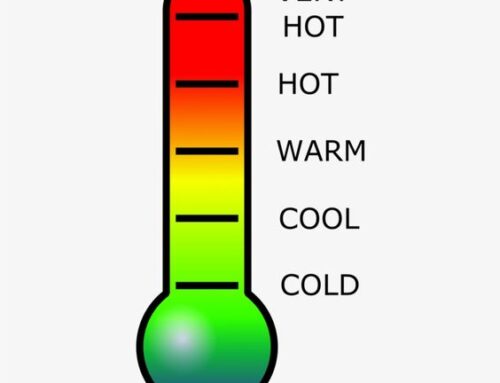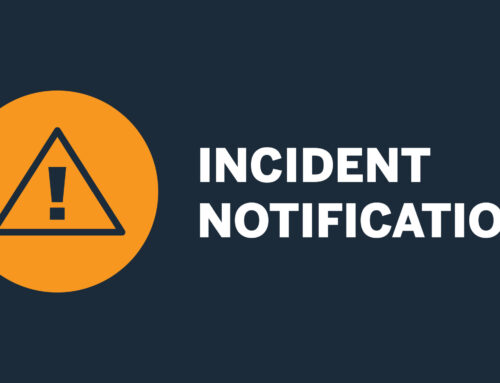In May 2022, a worker suffered serious de-gloving injuries when his hand was trapped in a ‘curtain coating roller’ machine. At this stage of the investigation, it’s unclear exactly what the worker was doing, but it appears his hand was drawn in between the machine’s two rollers.
In June 2022, a worker died after he was apparently pulled into the drive shaft of a conveyor. Early investigations indicate he was cleaning a conveyor line with high pressure water. It appears the conveyor belt had been removed, but the drive shaft was still rotating. Indications are the drive shaft caught his clothing and pulled him in.
A week later, another worker suffered degloving injuries after his hand was caught in a stand mixer. Early investigations indicate the worker grabbed the mixer shaft while it was still operational.
In a third incident that month, another worker suffered fatal head injuries after being trapped between a moving conveyor and another part of the plant. Early investigations reveal the worker was doing maintenance on the plant while it was operating.
IMPORTANT
These findings are not yet confirmed, and investigations into all four incidents are continuing for the exact causes.
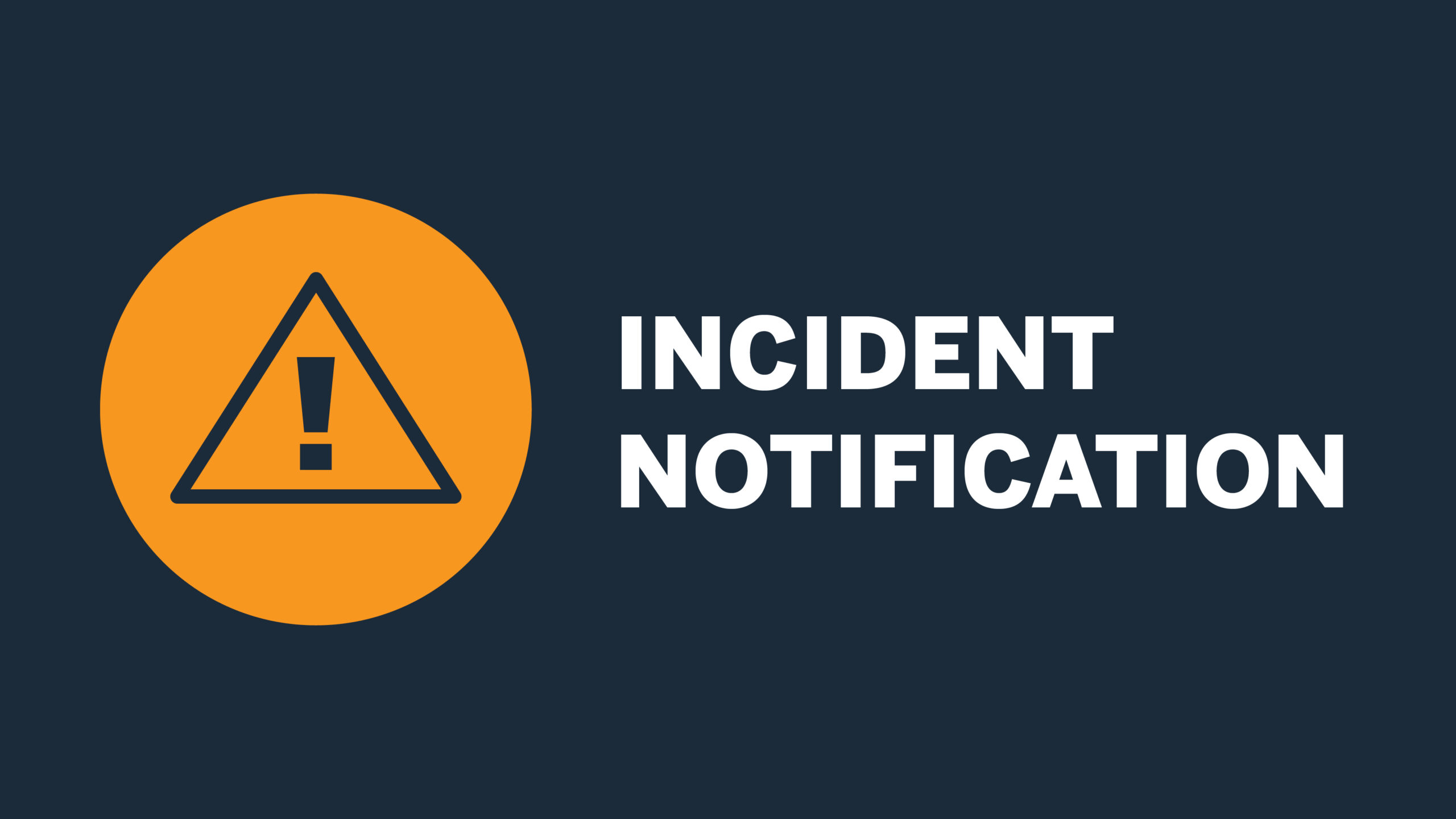
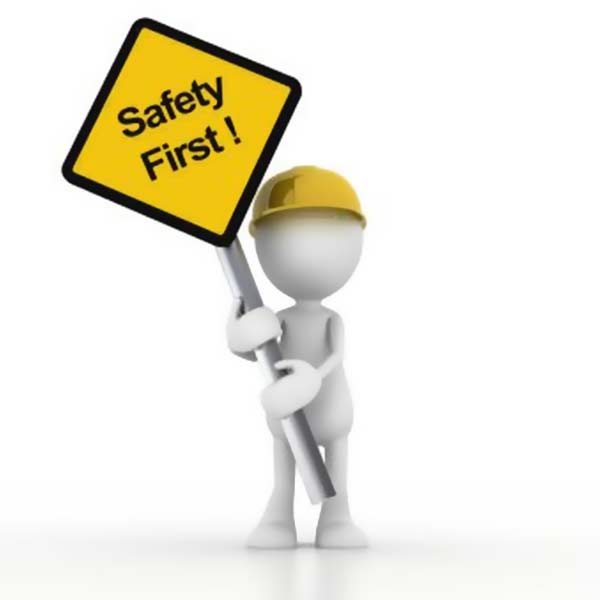
Safety Issues
Fixed plant, including roller machines, conveyors and stand mixers, often have several different types of moving parts. Hazards that are associated with fixed plant and likely to cause injury include:
- rotating shafts, pulleys, gearing, cables, sprockets or chains
- belt run-on points, chains or cables
- crushing or shearing points such as roller feeds and conveyor feeds
- machine components that process and handle materials or product (move, flatten, level, cut, grind, pulp, crush, break or pulverise materials)
- unexpected movement of parts operated by hydraulic, electrical, electronic or remote -control systems.
Workers performing tasks such as operation, maintenance, repair, installation, service and cleaning on machines in all industry sectors are highly vulnerable and have a higher risk of being seriously injured or killed through inadvertent operation of machinery and equipment they are working in, on, or around.
Ways To Manage Health & Safety
Taking steps to manage risks is a condition of doing business in Queensland. Effective risk management starts with a commitment to health and safety from those who manage the business. If an incident occurs, you’ll need to show the regulator that you’ve used an effective risk management process. This responsibility is covered by your primary duty of care in the Work Health and Safety Act 2011.
Use the hierarchy of controls to help decide how to eliminate or reduce risks in your place of work. The hierarchy of controls ranks types of control methods from the highest level of protection and reliability to the lowest. It’s a step-by-step approach to eliminating or reducing risks. You must work through the hierarchy of controls when managing risks, with the aim of eliminating the hazard, which is the most effective control.
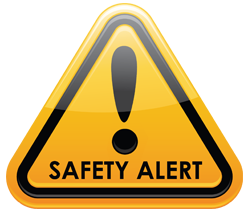
Possible Control Measures To Prevent Similar Incidents
Unsafe use or exposure to unguarded moving parts of plant and machinery is dangerous and can lead to serious injury and death. A person conducting a business or undertaking (PCBU) has duties under WHS legislation to ensure, so far as is reasonably practicable, the provision and maintenance of safe plant.
Higher order risk controls include designing plant or structures to be without risks to the health and safety of any person. Eliminating potential hazards at the design or planning stage of a product enables the incorporation of risk control measures that are compatible with the original design and function requirements.
Effective control measures for machinery are often made up of a combination of controls. Some common risk control measures can include but are not limited to the following examples:
- Guarding – physical or other barriers that increase safety for operators and others involved in the normal operation, servicing, and maintenance of machines. Guarding can perform several functions including:
- preventing contact with moving parts or controlling access to dangerous areas of plant
- preventing ejected parts or off-cut from striking people.
Types of guarding:
-
- a permanently fixed guard if access to parts of the plant requiring guarding is not necessary during operation, maintenance, or cleaning (for example, distance guards on a feed chute)
- an interlock guard is connected to the plant’s operating controls so the plant can’t operate when the guard is open. The guard should not be able to open or be removed until the moving parts (i.e. cutting blade) have stopped. When designing interlock guards, consider any hazards that could be created by automatic restarting of the machine when the interlock guard is re-closed
- a fixed guard, which can only be altered or removed with a tool not normally available to the machine operator
- a presence sensing system which detects when a person (or part of a person’s body) enters the danger zone and stops a machine. Photoelectric light beams, laser scanners and foot pressure mats are examples of these type of guards. They rely on sensitive trip mechanisms and the machine being able to stop quickly.
- Providing suitable tools to prevent the need for workers to enter the danger zone for clearing blockages
- Locking out remote controls to ensure they cannot be activated when the worker is in the danger zone.
Risks can be further minimised by implementing administrative and personal protective equipment (PPE) controls. Examples include:
- implementing a lock out/tag-out procedure to ensure the plant is isolated and de-energised from all energy sources prior to workers accessing any parts of the machine. This ensures the plant cannot be inadvertently operated while workers are clearing blockages, performing maintenance or cleaning work
- providing information, training or instruction to workers that is suitable and adequate in a way that is readily understandable. This includes safe work procedures with instructions on:
- the correct use of guarding and other control measures
- how to safely access, operate and maintain the plant
- workers who operate and perform work on plant should be competent or suitably supervised during training
retaining all operating manuals and instructional material provided by the manufacturer to correctly operate and maintain the plant - consulting with workers as early as possible when planning to introduce new plant or change the way plant is used. Workers should be encouraged to report hazards and health and safety problems immediately so the risks can be managed
- inspection of plant is conducted in accordance with a regular maintenance system to identify:
- deficiencies in plant such as wear and tear, corrosion and damaged parts
- adverse effects of changes in processes or materials associated with the plant
- inadequacies in control measures that have been previously implemented.
- gloves (if appropriate for the task), protective footwear, eye protection, hearing protection, and high visibility clothing.
The control measures you put in place should be regularly reviewed to make sure they are effective. If the control measure is not working effectively, it must be revised to ensure it is effective in controlling the risk.
At Suncoast Safety, we offer a range of workplace health & safety services, as well as Safe Work Method Statements, site inspections and job safety analysis. Contact us today to learn how we can assist you with your business Workplace Safety.
T: (07) 5476 4743
M: 0429 990 418
E: [email protected]


